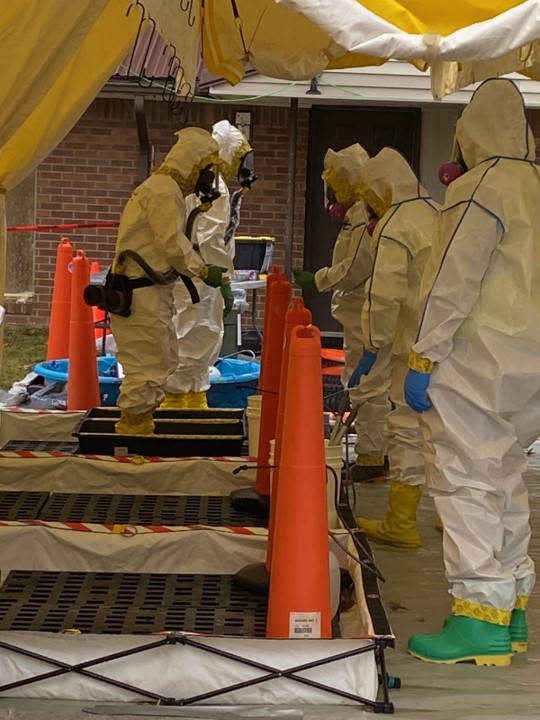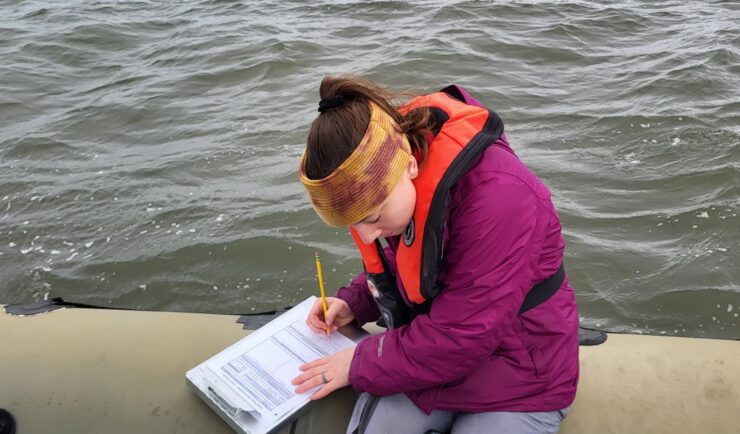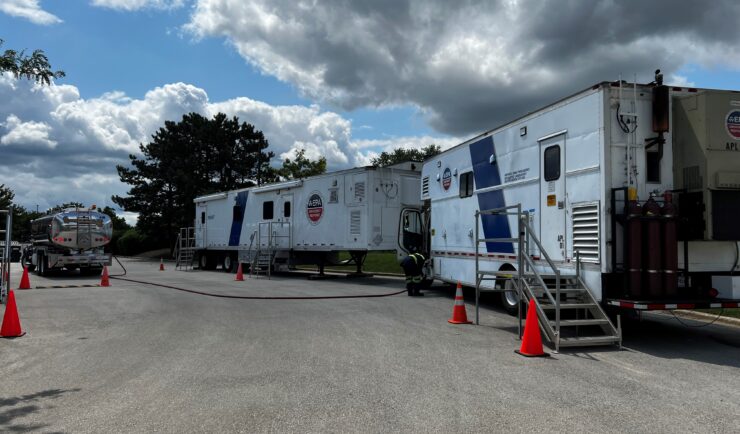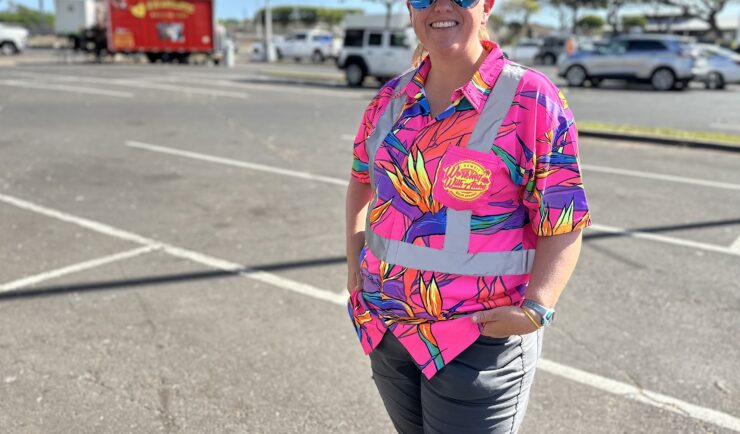- Success Stories, Uncategorized
- Emergency Preparedness & Response
Developing a Decontamination Line Guide for EPA Responders

CSS employee owners supporting the Environmental Protection Agency’s (EPA) Scientific and Technical Assistance for Consequence Management (STACM) contract have been working with the National Chemical Preparedness Workgroup and Sub Workgroups to create a decontamination (decon) line guide and detailed drawing for EPA on-scene coordinators and EPA’s special teams to use for emergency responses and incidents. The decon line guide and drawings presents a detailed approach and steps to decon responders for different levels of personal protective equipment (PPE) (A, B, C, and D) used during responses to dangerous chemicals in the field. The decon guide includes the steps and lists of equipment and materials needed to put together a decon line with most equipment commercially available off-the-shelf (COTS). CSS scientists developed the steps, guide, and drawings.
Following the development of the decon line guide, CSS scientists demonstrated the lines for EPA on-scene coordinators and special teams by directing the EPA responders through the line providing verbal instruction to ensure they followed all steps.
One critical step in an effective decon line is to screen each responder to ensure that no dangerous chemicals remain on their personal protective equipment (PPE). During the decon line demonstration, CSS scientists screen EPA responders with a chemical monitoring instrument to ensure all chemicals were removed. Following the decon, if CSS scientists detect chemicals on the PPE, they instruct the responder to return to the beginning of the decon line to repeat the process.
The line guide, processes, and demonstrations are critical in ensuring EPA responder safety when responding to dangerous chemicals in the field.


See More CSS Insights

Organizing Teams to Monitor Coastal Contaminants
For nearly 40 years NOAA’s National Mussel Watch Program has been monitoring contaminants in coastal waters in over 400 sites around the U.S. by testing sediment and bivalves, such as oysters and mussels. A CSS employee owner organizes and coordinates the regional missions to collect and test samples. This includes developing a schedule and coordinating…

Emergency Response Support for the Republican National Convention
CSS employee owners on contract with the U.S. Environmental Protection Agency’s Portable High-throughput Integrated Laboratory Identification System — a mobile analytical unit known as PHILIS — provided emergency response support for the 2024 Republican National Convention. PHILIS mobile laboratory units are designed to provide onsite analysis of environmental conditions, including air and soil samples, contaminated…

Assisting With Maui Wildfire Recovery
As part of our support to U.S. Environmental Protection Agency (EPA) Region 9 Superfund Technical Assessment & Response Team (START)—for which we are subcontracted through Weston Solutions, Inc.—CSS employee owners have been on-site in three-week rotations to assist throughout the rigorous recovery process.
